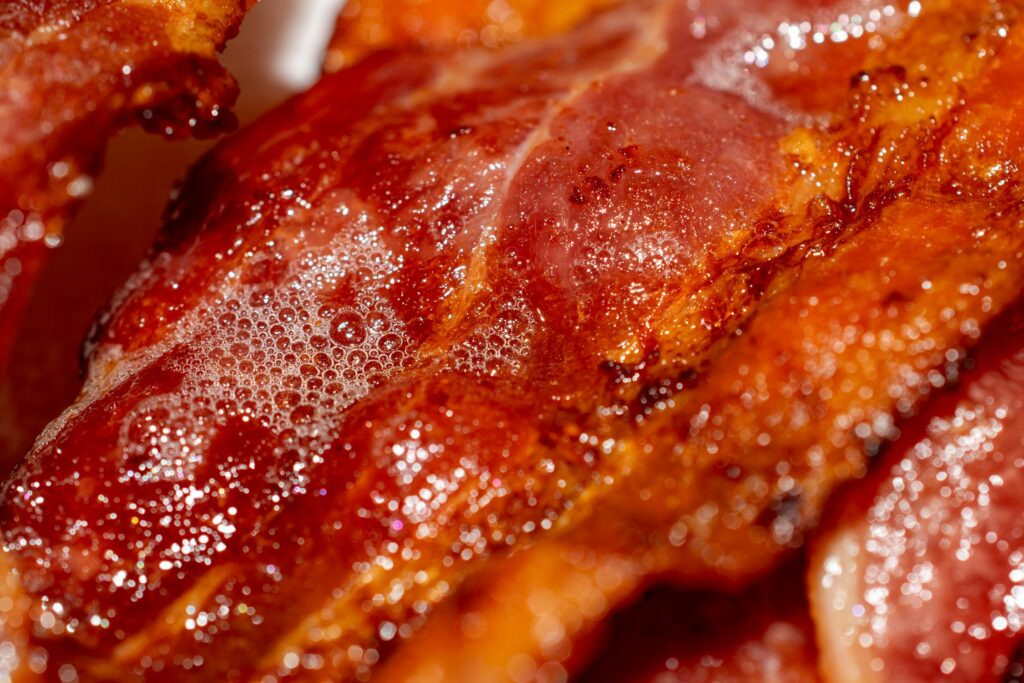The Carnivore Diet Made Cholesterol Ooze From This Guy’s Hands
Last updated on
Patient Background and Extreme Dietary Habits
The case details reveal a man in his 40s from Florida who had committed to a carnivore diet for approximately eight months before his hospital visit. During this time, he strictly adhered to a regimen consisting solely of animal products, separating all plant-based foods from carbohydrates. Despite the extreme nature of his diet, the patient reported several positive effects. He claimed significant weight loss, though the medical case study did not provide specific numbers. Additionally, he experienced a notable increase in energy levels, which he attributed to his meat-only eating plan. His daily intake consisted of an astonishing 6 to 9 pounds of cheese, complemented by frequent daily hamburger consumption. He regularly consumed several sticks of butter to increase his fat intake. Dr. Konstantinos Marmagkiolis, the lead author of the study published in JAMA Cardiology, states ‘’The patient’s cholesterol level exceeded 1000 mg/dL (to convert to millimoles per liter, multiply by 0.0259), significantly higher than his baseline of level of 210 to 300 mg/dL.’’ The patient appeared satisfied with his dietary choices for nearly a year, noting no adverse effects. However, the appearance of yellowish nodules on various parts of his body prompted him to seek medical attention, leading to the discovery of an underlying health issue directly linked to his extreme diet.Unusual Symptoms Prompt Medical Attention

The Carnivore Diet and Its Restrictions
Carnivore diets restrict food intake to animal products and eliminate plant-based foods. Adherents consume meat, fish, eggs, and dairy products while avoiding fruits, vegetables, grains, legumes, nuts, and seeds. Proponents claim benefits such as weight loss, improved mental clarity, and increased energy. The carnivore diet is more restrictive than other high-protein diets. Paleo diets allow some plant foods, focusing on those available to our ancestors. Keto diets permit low-carb vegetables and some dairy, aiming to induce a state of ketosis for fat-burning. Typical foods on a carnivore diet include:- Beef, pork, lamb, and other red meats
- Poultry like chicken and turkey
- Fish and seafood
- Eggs
- Some dairy products, particularly high-fat options like butter and cheese
Medical Diagnosis: Xanthelasma

Health Risks and Treatment Options for Extreme Diet-Related Conditions

Long-Term Health Considerations for Extreme Diets
This unusual case highlights the potential dangers of extreme diets and the importance of balanced nutrition. While short-term benefits may seem appealing, the long-term health consequences can be severe and unexpected. Medical professionals continue to emphasize the value of a varied diet that includes a range of nutrients from different food sources. Extreme dietary restrictions should be approached cautiously and under professional guidance, especially those eliminating entire food groups. As nutrition science evolves, researchers still uncover the complex relationships between diet and health. This case serves as a reminder that what works for one person may not be suitable for another and that drastic dietary changes can have unforeseen effects on the body. Individuals considering significant changes to their eating habits should consult with healthcare providers to ensure they’re meeting their nutritional needs while avoiding potential health risks. Ultimately, moderation and balance remain key to maintaining long-term health and well-being.Some of the links I post on this site are affiliate links. If you go through them to make a purchase, I will earn a small commission (at no additional cost to you). However, note that I’m recommending these products because of their quality and that I have good experience using them, not because of the commission to be made.




























 JOIN OVER
JOIN OVER
Comments